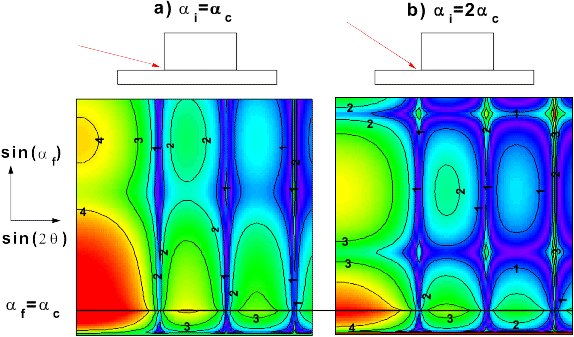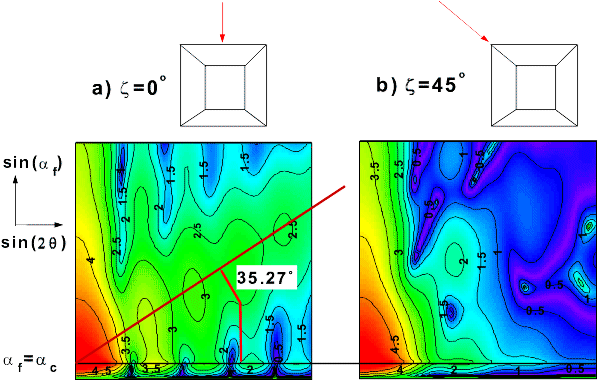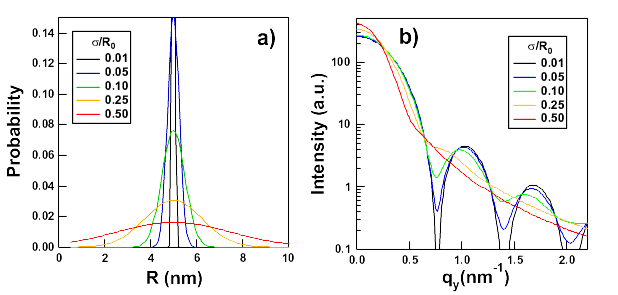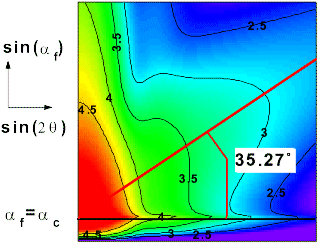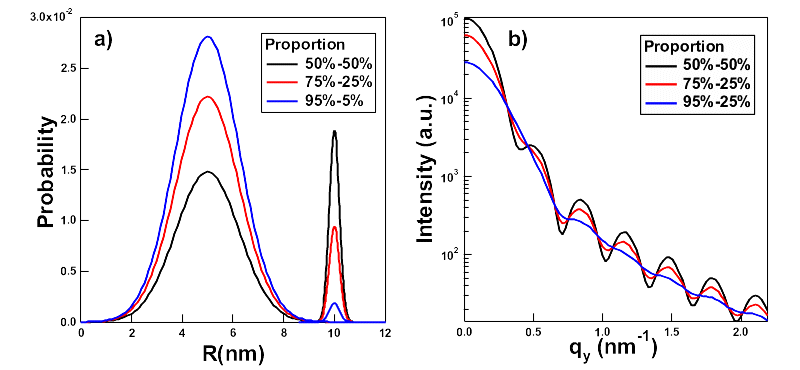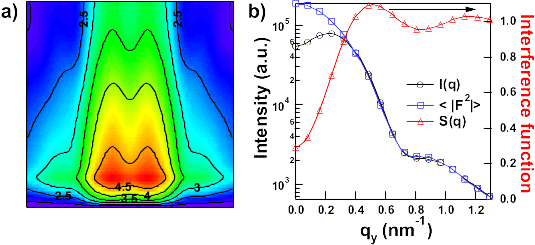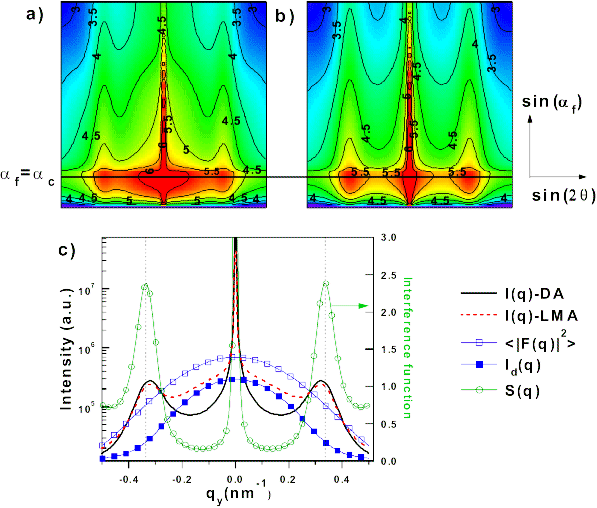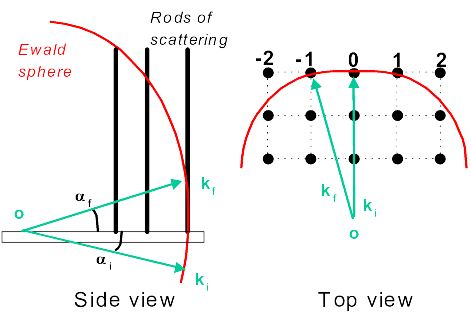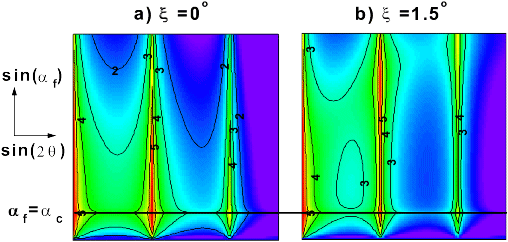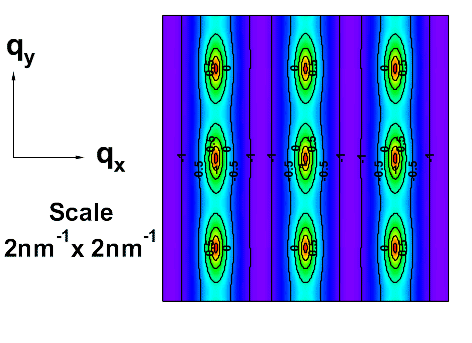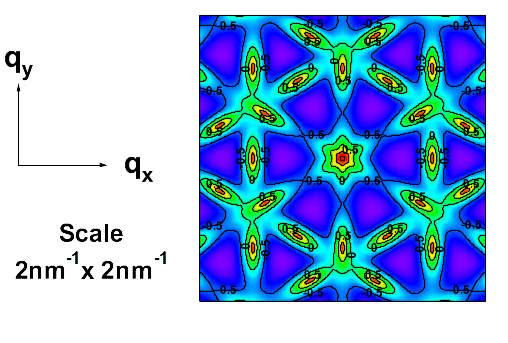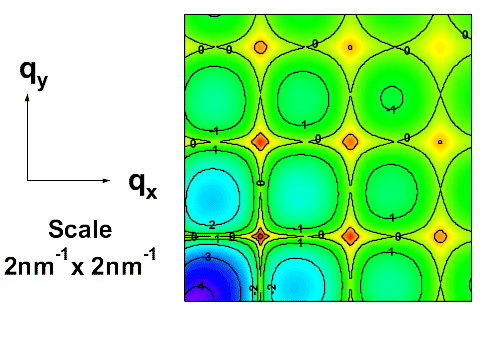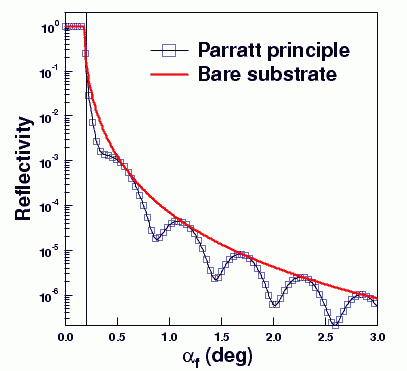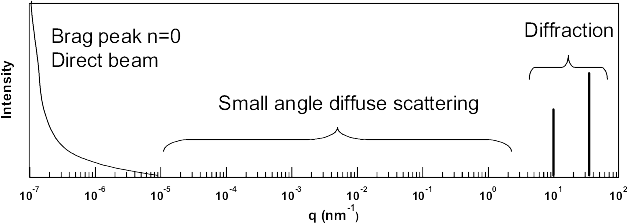

| (2.1) |
| (2.2) |
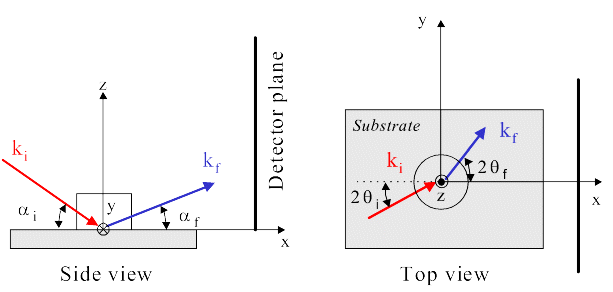
| (2.3) |
| (2.4) |
| (2.5) |
|
| (2.7) |
| (2.8) |
|
| (2.10) |
|
|
| (2.15) |
| (2.16) |
| (2.17) |
| (2.18) |
|
| (2.21) |
| (2.22) |
| (2.23) |

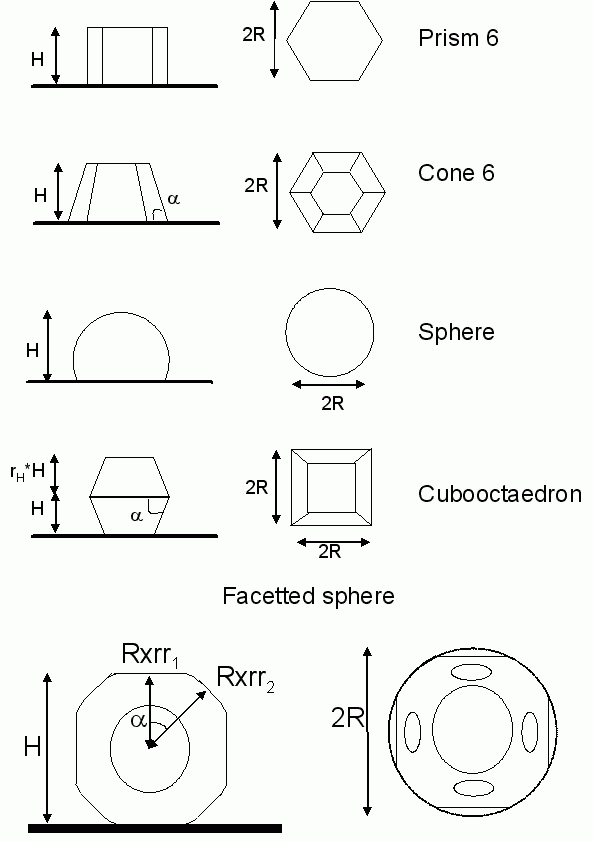
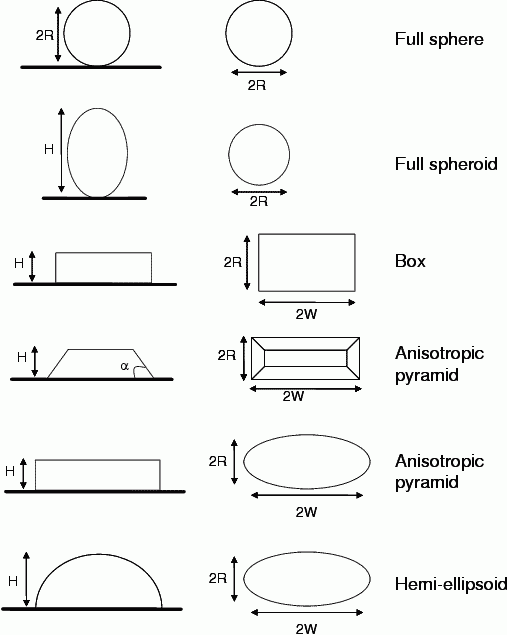
|
|
|
|
|
|
|
|
|
|
|
|
|
|
|
|
|
|
| (2.43) |
|
| (2.45) |
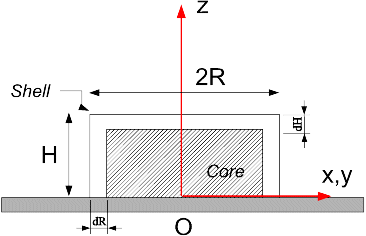
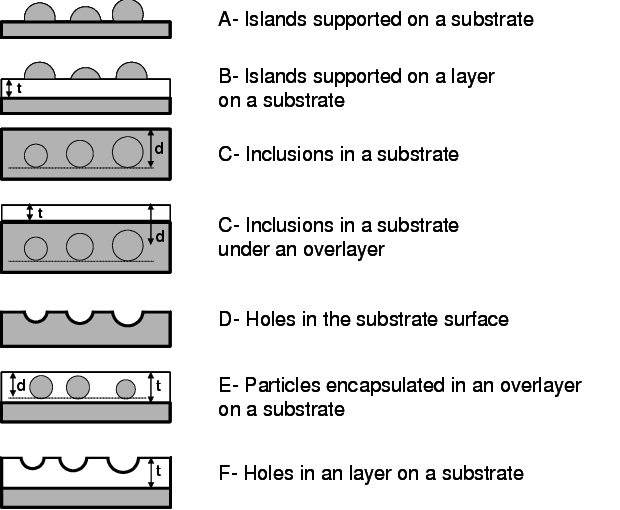

|
| (2.47) |
| (2.48) |
| (2.49) |
| (2.50) |
|
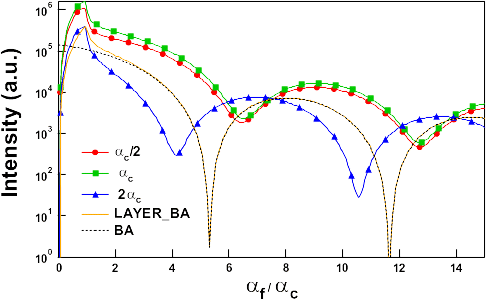
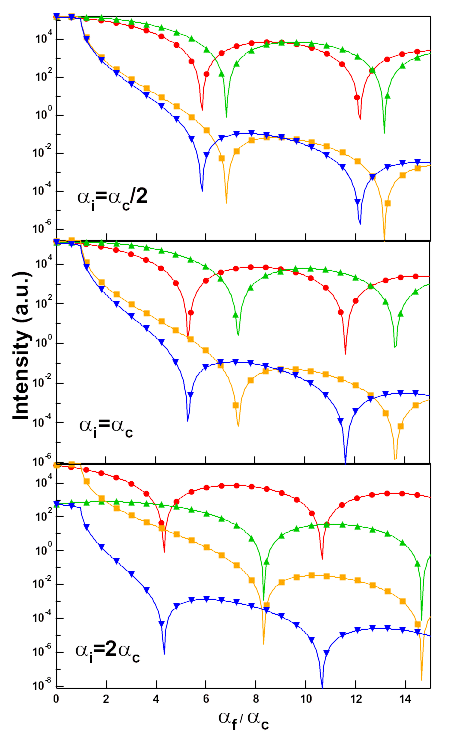
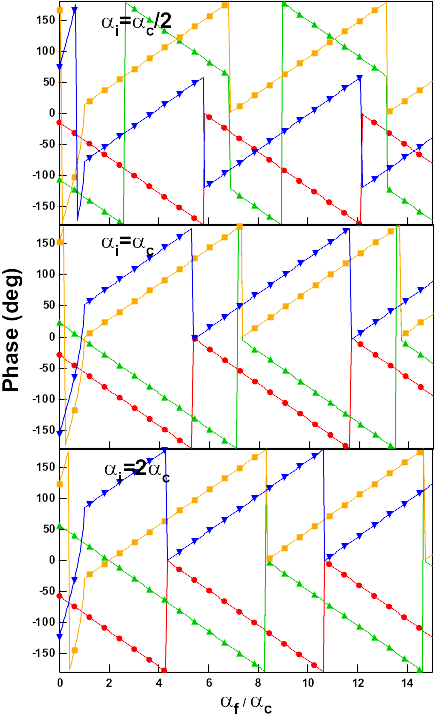
| (2.52) |
| (2.53) |
|
| (2.55) |
|
| (2.57) |
| (2.58) |
| (2.59) |

| (2.60) |
| (2.61) |
| (2.62) |
| (2.63) |
| (2.64) |
| (2.65) |
| (2.66) |
|
|
| (2.69) |
|
|
| (2.72) |
| (2.73) |
| (2.74) |
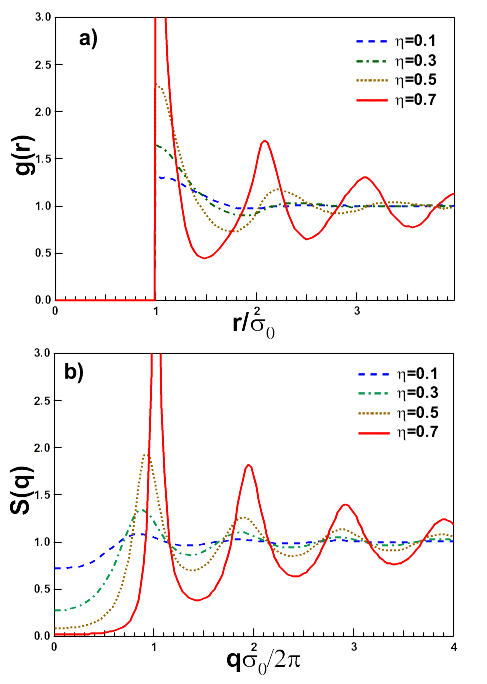
| (2.75) |
| (2.76) |
|
| (2.78) |
|
| (2.80) |
|
| (2.82) |
| (2.83) |
| (2.84) |
| (2.85) |
| (2.86) |
| (2.87) |
| (2.88) |
| (2.89) |

| (2.90) |
| (2.91) |
| (2.92) |
| (2.93) |
| (2.94) |
|
| (2.98) |
| (2.99) |
| (2.100) |
|
|
| (2.106) |
|

| (2.108) |
| (2.109) |
| (2.110) |
| (2.111) |
|
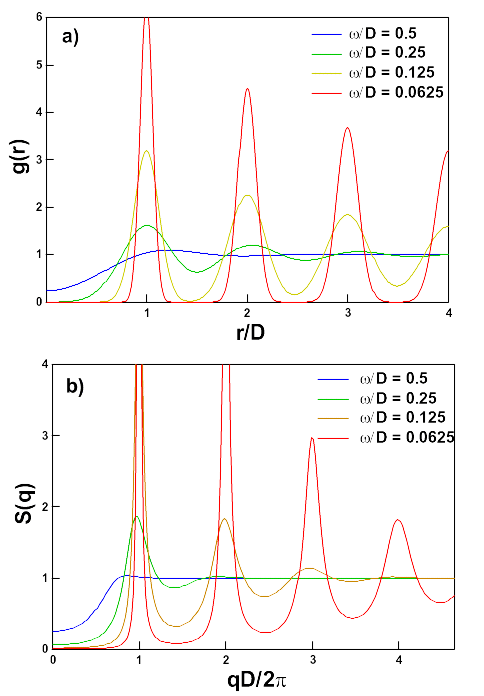
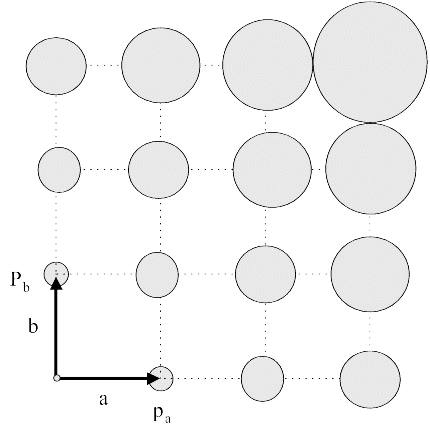
| (2.113) |
| (2.114) |
| (2.115) |
|
| (2.117) |
| (2.118) |
| (2.119) |
| (2.120) |
| (2.121) |
| (2.122) |
| (2.123) |
| (2.124) |
| (2.125) |
| (2.126) |
| (2.127) |
| (2.128) |
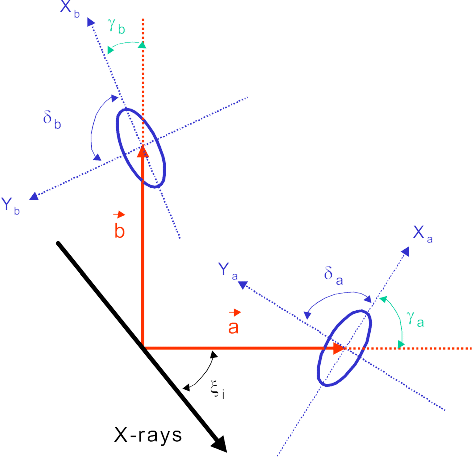
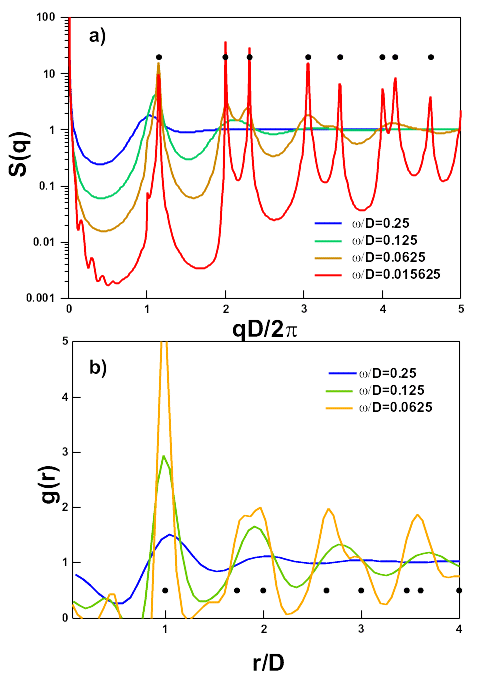
| (2.129) |
| (2.130) |
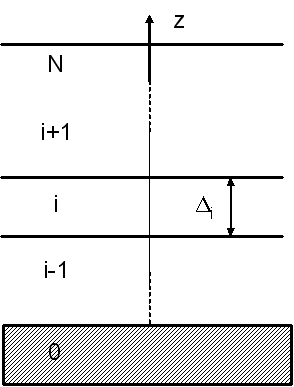
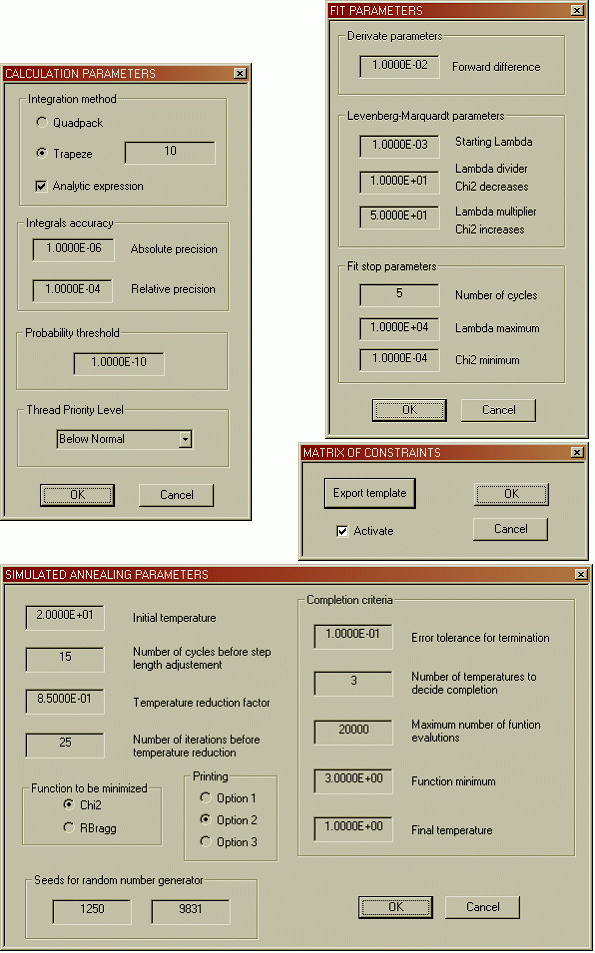
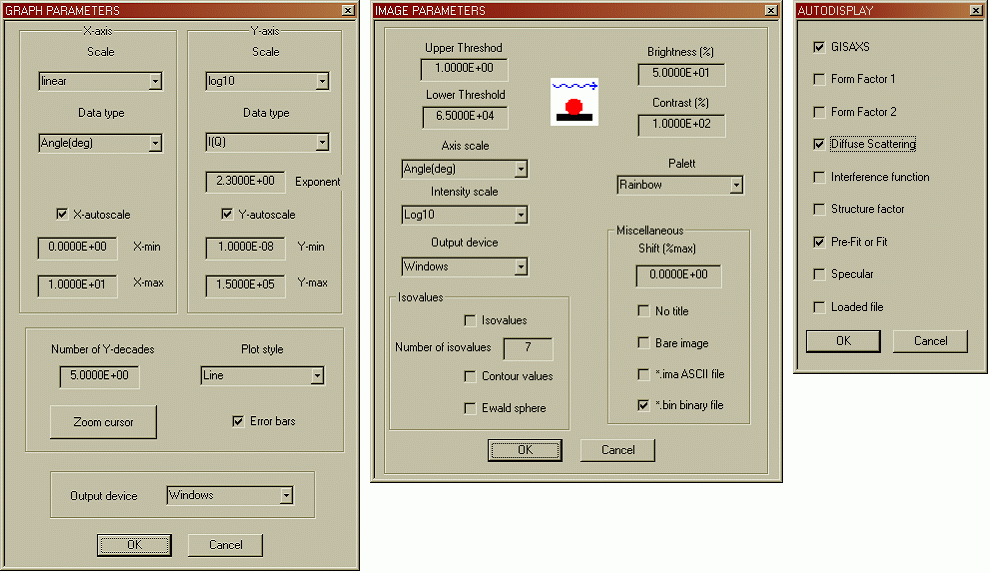
| ########################################### | ||||||||
| #GISAXS SIMULATIONS : INPUT PARAMETERS | ||||||||
| ########################################### | ||||||||
| # Base filename | ||||||||
| results | ||||||||
| ### Framework and Beam parameters | ||||||||
| # Framework, | Diffuse, | Multilayer | Number of slices, | Polarization | ||||
| DWBA | LMA | 0 | 50 | ss | ||||
| # Beam Wavelength : | Lambda(nm), | Wl_distribution, | Sigma_Wl/Wl, | Wl_min(nm), | Wl_max(nm), | nWl, | xWl | |
| 0.1 | none | 0.2 | 0.08 | 0.12 | 10 | -2 | ||
| # Beam Alpha_i : | Alpha_i(nm), | Ai_distribution, | Sigma_Ai/Ai, | Ai_min(nm), | Ai_max(nm), | nAi, | xAi | |
| 0.2 | none | 0.05 | 0.1 | 0.3 | 10 | -2 | ||
| # Beam 2Theta_i : | 2Theta_i(nm), | Ti_distribution, | Sigma_Ti/Ti, | Ti_min(nm), | Ti_max(nm), | nTi, | xTi | |
| 0. | none | 0.05 | -0.1 | 0.1 | 10 | -2 | ||
| # Substrate : | n-delta_S, | n-beta_S, | Layer thickness(nm), | n-delta_L, | n-beta_L, | RMS(nm) | ||
| 6.11642E-06 | 3.46012E-08 | 0. | 6.11642E-06 | 3.46012E-08 | 0 | |||
| # Particle : | n-delta_I, | n-beta_I, | Depth(nm), | n-delta_SH, | n-beta_SH | |||
| 1.23632E-05 | 5.34090E-07 | 0 | 8.11642E-06 | 5.46012E-08 | ||||
| ### Grid Parameters ### | ||||||||
| # Ewald mode | ||||||||
| T | ||||||||
| # Output angle(deg) : | TwoTheta min-max(deg), | Alphaf min-max(deg), | n(1), | n(2) | ||||
| 0 1.5 | 0 1.5 | 50 | 50 | |||||
| # Output q(nm-1) : | Qx min-max, | Qy min-max, | Qz min-max | n(1) | n(2) | n(3) | ||
| -1 1 | -1 1 | -1 0 | 100 | 100 | 1 | |||
| ### Particle parameters ### | ||||||||
| # Number of particle types | ||||||||
| 1 | ||||||||
| # Particle type, | Probability | |||||||
| cylinder | 1 | |||||||
| # Fixed parameters : | Base angle(deg), | Height ratio, | Flattening, | FS-radii/R | ||||
| 54.7356 | 1. | 1.2 | 0.8 0.8 | |||||
| # Shell thicknesses (nm) | dR, | dH, | dW | |||||
| 0 | 0 | 0 | ||||||
| # H_uncoupled | W_uncoupled | |||||||
| T | T | |||||||
| # Size of particle : | Radius(nm), | R_distribution, | SigmaR/R, | Rmin(nm), | Rmax(nm), | nR, | xR | |
| 6. | gaussian | 0.5 | 0.5 | 10 | 20 | -2 | ||
| # Height aspect ratio : | Height/R, | H_distribution, | SigmaH/H, | Hmin/R, | Hmax/R, | nH, | xH | rho_H |
| 0.3 | none | 0.2 | 0.25 | 1. | 10 | -2 | 0 | |
| # Width aspect ratio : | Width/R, | W_distribution, | SigmaW/W, | Wmin/R, | Wmax/R, | nW, | xW | rho_W |
| 0.3 | none | 0.2 | 0.25 | 1. | 10 | -2 | 0 | |
| # Orientation of particle : | Zeta(deg), | Z_distribution, | SigmaZ(deg), | Zmin(deg), | Zmax(deg), | nZ, | xZ | |
| 0. | none | 20. | -45. | 45. | 10 | -2 | ||
| ### Lattice parameters ### | ||||||||
| # Particle distribution types | ||||||||
| 1DDL | ||||||||
| # Interference function : | Peak position D(nm), | w(nm), | Statistics, | Eta_Voigt | SSCA param, | Cut-off | ||
| 20. | 6. | gau | 0.5 | 3 | 1000 | |||
| # Pair correlation : | Density(nm-2), | D1(nm) | Sigma(nm) | |||||
| 0.016 | 25. | 20 | ||||||
| # Lattice parameters : | L(1)(nm), | L(2)(nm), | Angle(deg) | Xi_fixed | ||||
| 7.7 | 17. | 90. | F | |||||
| Xi(deg), | Xi_distribution, | SigmaXi(deg), | Ximin(deg), | Ximax(deg), | nXi, | xXi | ||
| 88. | none | 120. | -120. | 120. | 3 | -2 | ||
| Domain sizes DL(nm), | DL_distribution, | SigmaDL/DL, | DLmin(nm), | DLmax(nm), | nDL, | xDl | ||
| 4000 4000 | none | 0.2 0.2 | 200 200 | 400 400 | 10 10 | -2 -2 | ||
| # Imperfect lattice: | Rod description, | Rod shape | ||||||
| rec_prod_ca | cau cau | |||||||
| Correlation lengths (nm), | Rod orientation(deg) | |||||||
| 400 400 | 0 90 | |||||||
| # Paracrystal : | Probability description | |||||||
| prod_pa | ||||||||
| Disorder factors w/L | DL-distribution | Rod orientation (deg) | ||||||
| 0.05 0.05 0.05 0.05 | ||||||||
| gau gau gau gau | ||||||||
| 0 90 0 90 | ||||||||
| # Pattern : | Regular pattern content | Particles per pattern | ||||||
| F | 2 | |||||||
| Positions xp/L, | Debye-Waller factors | |||||||
| 0. 0. | 0. 0. 0. | |||||||
| 0.4 0.5 | 0. 0. 0. | |||||||
| (3.1) |
| (3.2) |
| (3.3) |
| (3.4) |
| (3.5) |
|
| (3.7) |
| (3.8) |
| (3.9) |
| (3.10) |
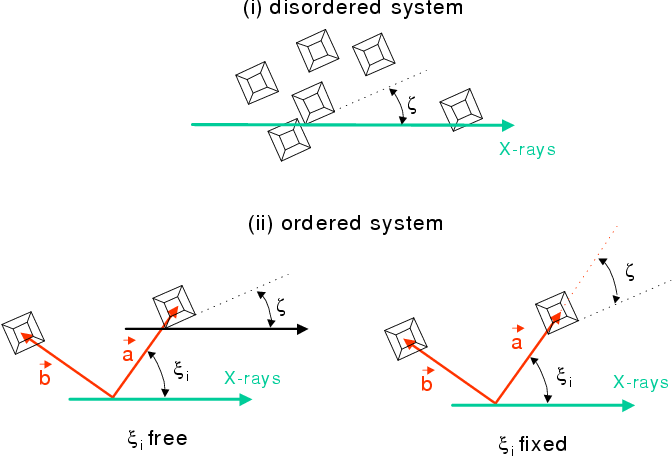
| ############################################## | ||||||||
| # | ||||||||
| # GISAXS SIMULATIONS : MORPHOLOGY PARAMETERS | ||||||||
| # | ||||||||
| ############################################## | ||||||||
| # Total number of particles | # Cut-off radius (nm) | |||||||
| 2 | 20 | |||||||
| # Probability- | Particle type- | Positions(nm)- | Orientation(deg)- | Radius(nm)- | Height/R- | Base angle(deg)- | Height ratio- | FS-radii/R |
| 0.5 | pyramid | 0 0 | 0 | 2 | 1 | 54.7356 | 0 | 0 0 |
| 0.5 | cylinder | 5 5 | 0 | 2 | 1 | 54.7356 | 0 | 0 0 |
|
| (3.12) |
| ########################################### | ||||||||
| # GISAXS FIT : INPUT PARAMETERS | ||||||||
| ########################################### | ||||||||
| # Cross section : | Number of cross sections, | # points, | Fit type, | Error Bar, | Epsilon, | |||
| 2 | 50 | 0 | 1 | 0.1 | ||||
| # Scale and shift factors : | A | LA | S | LS | ||||
| 6e5 | T | 0. | F | |||||
| 0 0 | 0 0 | |||||||
| F F | F F | |||||||
| # Reciprocal space origin : | St(deg) | LSt | Sa(deg) | LSa | ||||
| 0 | T | 0. | F | |||||
| 0 0 | 0 0 | |||||||
| F F | F F | |||||||
| ### Framework and Beam parameters | ||||||||
| # Beam Wavelength : | Lambda (nm), | Sig_Wl | ||||||
| F | F | |||||||
| 0 0 | 0 0 | |||||||
| F F | F F | |||||||
| # Beam Alpha_i : | Alpha_i, | Sig_Ai, | 2Theta_i, | Sig_Ti | ||||
| F | F | F | F | |||||
| 0 0 | 0 0 | 0 0 | 0 0 | |||||
| F F | F F | F F | F F | |||||
| # Substrate : | n_delta_S, | n_beta_S, | Thickness(nm) | n_delta_L, | n_beta_L, | Roughness(nm) | ||
| F | F | F | F | F | F | |||
| 0 0 | 0 0 | 0 0 | 0 0 | 0 0 | 0 0 | |||
| F F | F F | F F | F F | F F | F F | |||
| # Particle : | n-delta_I, | n-beta_I, | Depth, | n-delta_SH | n-beta_SH, | |||
| F | F | F | F | F | ||||
| 0 0 | 0 0 | 0 0 | 0 0 | 0 0 | ||||
| F F | F F | F F | F F | F F | ||||
| ### Particle parameters ### | ||||||||
| # Probability of particle type | ||||||||
| F | ||||||||
| 0 1 | ||||||||
| F F | ||||||||
| # Fixed geometrical parameters : | Base angle, | Height ratio, | Flattening, | FS-radii/R | ||||
| F | F | F | F | F | ||||
| 0 0 | 0 0 | 0 0 | 0 0 | 0 0 | ||||
| F F | F F | F F | F F | F F | ||||
| # Shell thicknesses : | dR, | dH, | dW | |||||
| F | F | F | ||||||
| 0 0 | 0 0 | 0 0 | ||||||
| F F | F F | F F | ||||||
| # Size of particle : | Radius(nm), | SigmaR/R | ||||||
| T | F | |||||||
| 0 0 | 0 0 | |||||||
| F F | F F | |||||||
| # Height aspect ratio : | Height/R, | SigmaH/H | ||||||
| T | F | |||||||
| 0 0 | 0 0 | |||||||
| F F | F F | |||||||
| # Width aspect ratio : | Width/R, | SigmaW/W | ||||||
| T | F | |||||||
| 0 0 | 0 0 | |||||||
| F F | F F | |||||||
| # Orientation of particle : | Zeta(deg), | SigmaZ(deg) | ||||||
| F | F | |||||||
| 0 0 | 0 0 | |||||||
| F F | F F | |||||||
| ### Lattice parameters ### | ||||||||
| # Interference function : | Peak position D, | w, | Eta_Voigt | CutoOff | ||||
| F | F | F | ||||||
| 0 0 | 0 0 | 0 0 | 0 0 | |||||
| F F | F F | F F | F F | |||||
| # Pair correlation function: | Density(nm-2), | D1, | Sigma(nm) | |||||
| F | F | F | ||||||
| 0 0 | 0 0 | 0 0 | ||||||
| F F | F F | F F | ||||||
| # Lattice parameters : | L(1)(nm), | L(2)(nm), | Angle(deg) | |||||
| F | F | F | ||||||
| 0 0 | 0 0 | 0 0 | ||||||
| F F | F F | F F | ||||||
| Xi(deg), | sigmaXi(deg) | |||||||
| F | F | |||||||
| 0 0 | 0 0 | |||||||
| F F | F F | |||||||
| Domain sizes DL(nm), | SigmaDL/DL | |||||||
| F | F | F | F | |||||
| 0 0 | 0 0 | 0 0 | 0 0 | |||||
| F F | F F | F F | F F | |||||
| # Imperfect lattice : | Correlation lengths (nm), | Rod orientation(deg) | ||||||
| F | F | F | F | |||||
| 0 0 | 0 0 | 0 0 | 0 0 | |||||
| F F | F F | F F | F F | |||||
| # Paracrystal : | Disorder factors w/L, | Rod orientation(deg) | ||||||
| F | F | F | F | |||||
| 0 0 | 0 0 | 0 0 | 0 0 | |||||
| F F | F F | F F | F F | |||||
| F | F | F | F | |||||
| 0 0 | 0 0 | 0 0 | 0 0 | |||||
| F F | F F | F F | F F | |||||
| # Pattern : | Positions xp/L, | Debye-Waller factors | ||||||
| F | F | F | F | F | ||||
| 0 0 | 0 0 | 0 0 | 0 0 | 0 0 | ||||
| F F | F F | F F | F F | F F | ||||
| F | F | F | F | F | ||||
| 0 0 | 0 0 | 0 0 | 0 0 | 0 0 | ||||
| F F | F F | F F | F F | F F | ||||
|
| (3.14) |
| (3.15) |
| (3.16) |
| (3.17) |
| (3.18) |
| ################################# | ||||
| # Parallel cross section at alphaf=1deg | ||||
| # Image test | ||||
| # Weight, | Scale factor, | Shift factor, | ||
| 1. | 1. F | 0. F | ||
| F F | F F | |||
| F F | F F | |||
| # DeltaOmega(deg), | DeltaAlphai(deg) | |||
| 0. | 0. | |||
| # Fitted, | Sin(2Thetaf), | Sin(Alphaf), | Intensity, | Error bars |
| T | 0 | 0.0174524 | 69290.1 | |
| T | 0.000468164 | 0.0174524 | 68691.2 | |
| T | 0.000936329 | 0.0174524 | 66955.3 | |
| T | 0.00140449 | 0.0174524 | 64264.3 | |
| ............................... | ||||
| T | 0.0688201 | 0.0174524 | 11.6726 | |
| T | 0.0692883 | 0.0174524 | 11.4518 | |
| T | 0.0697565 | 0.0174524 | 11.2475 | |
| ################################## | ||||
| # Perpendicular cross section at 2theta=1deg | ||||
| # Image test | ||||
| # Weight, | Scale factor, | Shift factor, | ||
| 1. | 1. F | 0. F | ||
| F F | F F | |||
| F F | F F | |||
| # DeltaOmega(deg), | DeltaAlphai(deg) | |||
| 0. | 0. | |||
| # Fitted, | Sin(2Thetaf), | Sin(Alphaf), | Intensity, | Error bars |
| T | 0.0174524 | 0.000468164 | 70.1678 | |
| T | 0.0174524 | 0.000936329 | 284.976 | |
| T | 0.0174524 | 0.00140449 | 658.752 | |
| ............................... | ||||
| T | 0.0174524 | 0.0688201 | 33.54 | |
| T | 0.0174524 | 0.0692883 | 32.1555 | |
| T | 0.0174524 | 0.0697565 | 30.7835 | |
| ################################### | ||||
| (3.19) |
| #================================================================================================ | ||||||||||||||
| # MATRIX OF CONSTRAINTS | ||||||||||||||
| #================================================================================================ | ||||||||||||||
| Shift | 1 | 2 | 3 | 4 | 5 | 6 | 7 | 8 | 9 | 10 | 11 | 12 | ||
| 0.0E+00 | 1 | 1.0E+00 | ||||||||||||
| 0.0E+00 | 2 | 0.0E+00 | 1.0E+00 | |||||||||||
| 0.0E+00 | 3 | 0.0E+00 | 0.0E+00 | 1.0E+00 | ||||||||||
| 0.0E+00 | 4 | 0.0E+00 | 0.0E+00 | 0.0E+00 | 1.0E+00 | |||||||||
| 0.0E+00 | 5 | 0.0E+00 | 0.0E+00 | 0.0E+00 | 0.0E+00 | 1.0E+00 | ||||||||
| 0.0E+00 | 6 | 0.0E+00 | 0.0E+00 | 0.0E+00 | 0.0E+00 | 0.0E+00 | 1.0E+00 | |||||||
| 1.0E+00 | 7 | 0.0E+00 | 0.0E+00 | -1.0E+00 | 0.0E+00 | 0.0E+00 | 0.0E+00 | 0.0E+00 | ||||||
| 0.0E+00 | 8 | 0.0E+00 | 0.0E+00 | 0.0E+00 | 1.0E+00 | 0.0E+00 | 0.0E+00 | 0.0E+00 | 0.0E+00 | |||||
| 0.0E+00 | 9 | 0.0E+00 | 0.0E+00 | 0.0E+00 | 0.0E+00 | 0.0E+00 | 0.0E+00 | 0.0E+00 | 0.0E+00 | 1.0E+00 | ||||
| 0.0E+00 | 10 | 0.0E+00 | 0.0E+00 | 0.0E+00 | 0.0E+00 | 0.0E+00 | 2.0E+00 | 0.0E+00 | 0.0E+00 | 0.0E+00 | 0.0E+00 | |||
| 0.0E+00 | 11 | 0.0E+00 | 0.0E+00 | 0.0E+00 | 0.0E+00 | 0.0E+00 | 0.0E+00 | 0.0E+00 | 0.0E+00 | 0.0E+00 | 0.0E+00 | 1.0E+00 | ||
| 0.0E+00 | 12 | 0.0E+00 | 0.0E+00 | 0.0E+00 | 0.0E+00 | 0.0E+00 | 0.0E+00 | 0.0E+00 | 0.0E+00 | 0.0E+00 | 0.0E+00 | 0.0E+00 | 1.0E+00 | |
| #================================================================================================ | ||||||||||||||
| 1 1 | # Scale factor : | 1.0E+05 | ||||||||||||
| 2 2 | # Shift factor : | 1.0E+01 | ||||||||||||
| 3 3 | # ( 1) Particle probability : | 4.0E-01 | ||||||||||||
| 4 4 | # ( 1) Particle radius (nm) : | 4.0E+00 | ||||||||||||
| 5 5 | # ( 1) Dispersion in radius : | 2.0E-01 | ||||||||||||
| 6 6 | # ( 1) Height aspect ratio : | 8.0E-01 | ||||||||||||
| 7 7 | # ( 2) Particle probability : | 6.0E-01 | ||||||||||||
| 8 8 | # ( 2) Particle radius (nm) : | 4.0E+00 | ||||||||||||
| 9 9 | # ( 2) Dispersion in radius : | 2.0E-01 | ||||||||||||
| 10 10 | # ( 2) Height aspect ratio : | 8.0E-01 | ||||||||||||
| 11 11 | # D (nm) : | 1.2E+01 | ||||||||||||
| 12 12 | # w (nm) : | 6.0E+00 | ||||||||||||
| (3.20) |
| ############################################## |
| # |
| # GISAXS BATCH FILE |
| # |
| ############################################## |
| # Number of jobs |
| 3 |
| # Type of simulation (0=simulation, 1=pre_fit 2=fit) and filenames (*.inp,*.fit,*.dat,*.mor) |
| 0 |
| d:/IsGISAXS/in1.inp |
| d:/Trash/in1.fit |
| d:/Trash/in1.dat |
| d:/Trash/in1.mor |
| 2 |
| d:/IsGISAXS/in2.inp |
| d:/IsGISAXS/in2.fit |
| d:/IsGISAXS/in2.dat |
| d:/IsGISAXS/in2.mor |
| 0 |
| d:/IsGISAXS/in3.inp |
| d:/Trash/in3.fit |
| d:/Trash/in3.dat |
| d:/IsGISAXS/in3.mor |
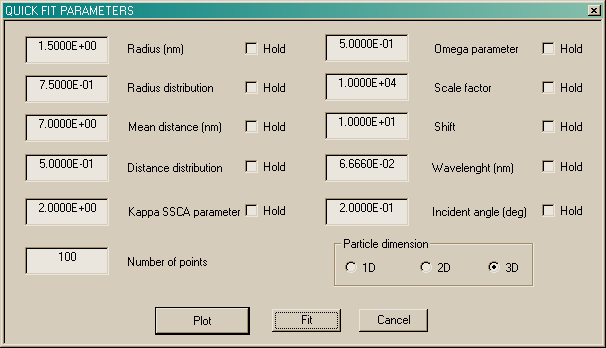
| (3.21) |
|
